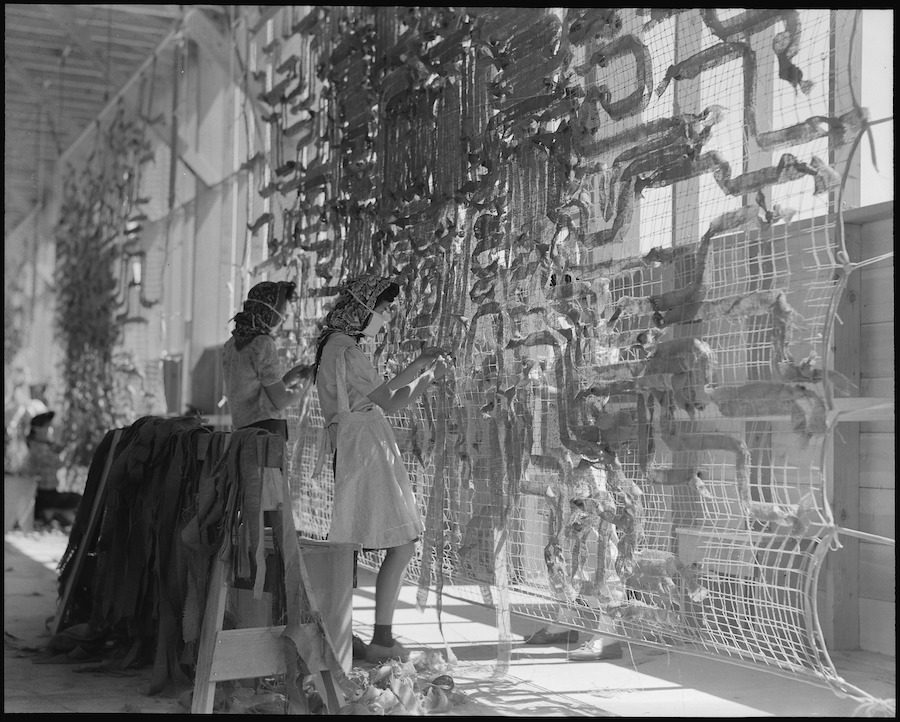This is A Story of Ruth Asawa, a weekly series that journeys through the life of the visionary artist, Ruth Asawa.
Ruth Asawa’s childhood days of school and farm work were to be dramatically interrupted on December 7, 1941 after the Japanese bombing of Pearl Harbor. “I would not be who I am today had it not been for the internment,” she once stated.
On 19 February 1942 President Franklin D. Roosevelt authorised the forcible displacement of Japanese Americans from designated areas of the Western United States. Following her father’s sudden arrest by the FBI, Asawa, her mother and siblings were forced to spend five months incarcerated in converted horse stables in California’s Santa Anita Assembly Center, a compound hastily built on the old Santa Anita racetrack not far from Los Angeles. “The smell of horse dung never left the place the entire time we were there,” she later recalled. In September that year, the Asawa’s were uprooted once more to the Rohwer Relocation Centre in Arkansas. Surrounded by watchtowers and barbed wire fences, the camp was home to 8,000 Japanese American detainees and was to be the setting for Asawa’s final high school days.
Despite the conditions, Ruth Asawa was firm about the role this period played in her artistic life. A curious first encounter with the art of weaving occurred at Santa Anita, where fellow internees would spend their days weaving camouflage nets for the US military. In his essay ‘Camouflaging Asawa’, featured in the exhibition catalogue, Ruth Asawa: Citizen of the Universe, John R Blakinger describes how these large textiles “conceal equipment like tanks and machine guns … the nets, made of dyed burlap strips tied in an irregular pattern through a matrix of netting, created an all-over visual pattern that blended light and dark, blurred shape and shadow, and merged objects into their surrounding landscape.” Ruth Asawa watched the camouflage work taking place on the grandstands at the racetrack, where a form of impromptu art studio was formed led by animators at Walt Disney Studios interned alongside her. Drawing and painting sustained Asawa during this time and she was appointed the art editor for her class yearbook.
Continue A Story of Ruth Asawa in our post next week, where Ruth Asawa faces challenges in her ambition to become an art teacher. Follow the story here on MAO Studio and also on the Modern Art Oxford Instagram feed between 23 June – 21 August 2022.
New to A Story of Ruth Asawa? Click here to start from the beginning.
Do you have a question for our Ruth Asawa: Citizen of the Universe exhibition curator? Write your comment below.
Image credits:
Dorothea Lange, Making camouflage nets for the War Department, Manzanar Relocation Center, 1942. Dorothea Lange, courtesy National Archives, photo no. 210-G-C814: 59B.
Imogen Cunningham, Ruth Asawa, Sculptor, 1957. © 2022 Imogen Cunningham Trust. Artwork © 2021 Ruth Asawa Lanier, Inc. / Artists Rights Society (ARS), New York. Courtesy David Zwirner.
